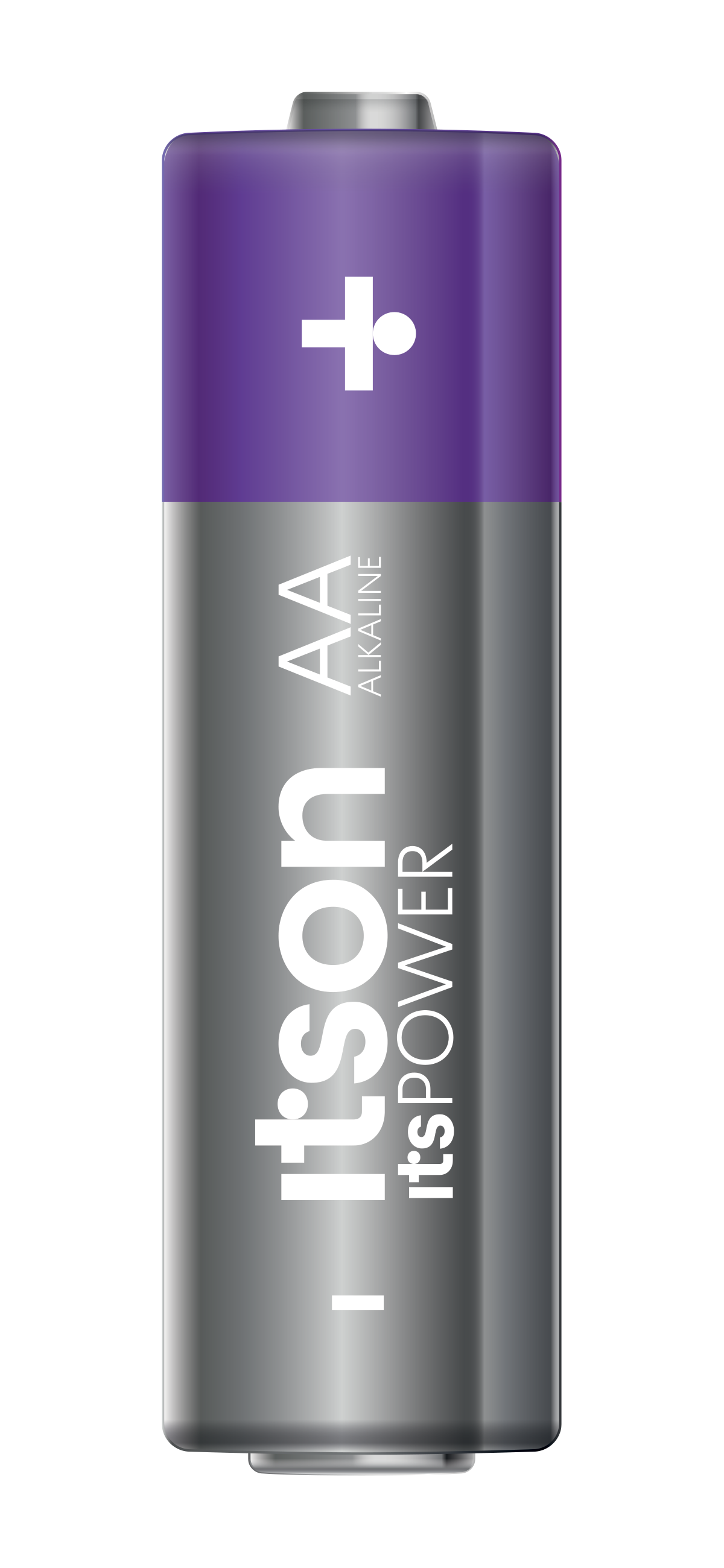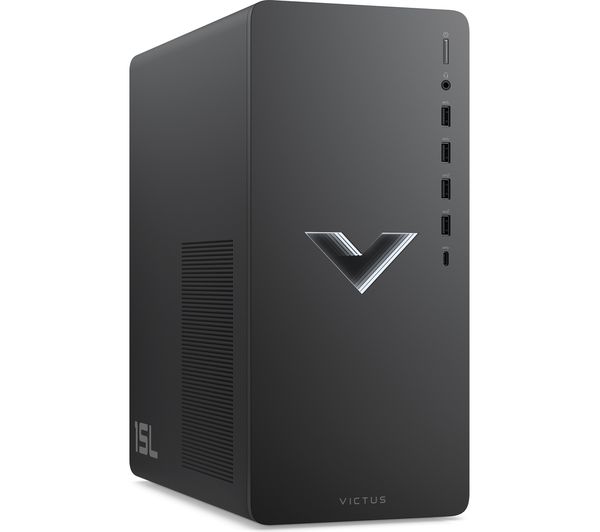TensorFlow has been making headlines recently with its latest developments and releases. From the release of TensorFlow 2.12 and Keras 2.12 to the production readiness of TensorFlow Decision Forests, there’s never been a better time to dive into building intelligent systems with TensorFlow. In this guide, we’ll take you through the basics of TensorFlow and show you how to get started on your journey towards building intelligent systems.
What is TensorFlow?
TensorFlow is an open-source software library for numerical computation using data flow graphs. It is a popular choice for machine learning and artificial intelligence applications and is used by companies such as Google, Facebook, and Uber.
TensorFlow is a powerful tool that can be used to build a wide variety of machine-learning models. It is well-suited for both beginners and experienced developers, and it is constantly being updated with new features and capabilities.
Why use TensorFlow?
There are many reasons to use TensorFlow. Some of the benefits of using TensorFlow include:
- It is open-source and free to use.
- It is well-documented and has a large community of users and developers.
- It is supported on a wide range of platforms, including Linux, macOS, Windows, and Android.
- It is scalable and can be used to train and deploy machine learning models on large datasets.
- It is flexible and can be used to build a wide variety of machine-learning models.
Who should use this guide?
This guide is for anyone who wants to learn how to use TensorFlow. It is written for beginners, but it also includes more advanced topics for experienced developers.
If you are interested in learning how to use TensorFlow, I encourage you to check out this guide. It will provide you with the information you need to get started with TensorFlow and build your machine-learning models.
Getting Started with TensorFlow
TensorFlow is a popular open-source software library used for building and training machine learning models. To get started with TensorFlow, you will first need to install it on your computer. TensorFlow supports multiple operating systems, including Windows, macOS, and Linux. To install TensorFlow, you can use the pip package installer, which is included with Python. Once you have installed Python on your system, you can open a command prompt and use the following command to install TensorFlow:
pip install TensorFlow
After installing TensorFlow, you need to set up your development environment. This involves choosing an integrated development environment (IDE) and configuring it for use with TensorFlow. Several IDEs support TensorFlow, including PyCharm, Visual Studio Code, and Jupyter Notebook. Once you have selected an IDE, you can create a new project and import the TensorFlow library.
Writing your first TensorFlow program is an exciting step in your machine learning journey. TensorFlow provides a wide range of APIs for building and training machine learning models. To get started, you can write a simple “Hello World” program that uses TensorFlow to perform a basic mathematical operation, such as addition or multiplication. This will help you understand the basic syntax of TensorFlow and get a feel for how it works.
Finally, once you have written your first TensorFlow program, you can start exploring the TensorFlow API. TensorFlow provides a rich set of tools for working with machine learning models, including functions for building, training, and evaluating models. You can use the API to experiment with different machine-learning techniques and develop more complex models. Whether you are building a chatbot or training a robot to recognize objects, TensorFlow has everything you need to get started with machine learning.
Building Intelligent Systems with TensorFlow
One of the key benefits of TensorFlow is that it enables developers to implement machine learning models with ease. Machine learning models can be used to solve a wide range of problems, such as classification, regression, clustering, natural language processing, computer vision, and reinforcement learning. In this article, we will explore how TensorFlow can be used to build intelligent systems in each of these areas.
Classification is a popular use case for machine learning and is widely used in a variety of industries, such as finance, healthcare, and retail. TensorFlow can be used to build classification models that can automatically categorize data into predefined classes based on the input features. Classification models can be used for tasks such as sentiment analysis, fraud detection, and image recognition.
Regression is another popular use case for machine learning. Regression models can be used to predict a continuous output value based on a set of input features. For example, regression models can be used to predict housing prices based on features such as location, square footage, and number of bedrooms. TensorFlow provides a variety of tools and libraries that can be used to build powerful regression models.
Clustering is a technique used to group similar data points. Clustering can be used in a variety of applications such as customer segmentation, image segmentation, and anomaly detection. TensorFlow provides a range of clustering algorithms that can be used to group data points based on their similarity.
Natural language processing (NLP) is a field of machine learning that focuses on understanding human language. NLP is used in applications such as chatbots, virtual assistants, and sentiment analysis. TensorFlow provides a range of tools and libraries that can be used to build powerful NLP models. These models can be used to extract meaning from text data, translate between languages, and generate natural-sounding text.
Computer vision is a field of machine learning that focuses on understanding images and videos. Computer vision is used in applications such as facial recognition, object detection, and autonomous vehicles. TensorFlow provides a range of tools and libraries that can be used to build powerful computer vision models. These models can be used to identify objects in images and videos, track objects over time, and even generate images.
Reinforcement learning is a type of machine learning where an agent learns to interact with an environment to maximize a reward. Reinforcement learning is used in applications such as robotics, game-playing, and autonomous vehicles. TensorFlow provides a range of tools and libraries that can be used to build powerful reinforcement learning models. These models can be used to train agents to perform complex tasks in a wide range of environments.
Advanced Topics in TensorFlow
As one of the most popular machine learning libraries in use today, TensorFlow offers a vast array of tools and features for developers and data scientists alike. While many users may be familiar with the basics of TensorFlow, several advanced topics can help take your machine learning projects to the next level.
Distributed Training: As models become more complex and data sets grow larger, training machine learning models can become an extremely time-consuming process. To help mitigate this issue, TensorFlow supports distributed training, which allows you to train models on multiple machines simultaneously. This can greatly reduce training time and allow for larger and more complex models to be trained in a reasonable amount of time.
TPUs: Tensor Processing Units (TPUs) are a specialized form of hardware designed specifically for machine learning workloads. TPUs can provide significant performance gains over traditional CPUs or GPUs, particularly when training large models. TensorFlow includes support for TPUs, allowing developers to take advantage of this hardware to accelerate their training times.
TensorFlow Lite: While TensorFlow is typically used for training and deploying machine learning models on powerful hardware, there are many use cases where models need to be run on smaller devices with limited computing power, such as smartphones or IoT devices. TensorFlow Lite is a version of TensorFlow optimized for running on these types of devices, providing a lightweight and efficient way to deploy machine learning models to edge devices.
TensorFlow Extended: TensorFlow Extended (TFX) is a suite of tools and libraries designed to help with the entire machine learning development lifecycle, from data preparation to model deployment. TFX includes tools for data validation and pre-processing, model training, model analysis, and model deployment. By providing a complete end-to-end solution, TFX can help streamline the machine learning development process and make it easier to develop and deploy high-quality machine learning models.
Conclusion
In conclusion, TensorFlow is a powerful tool that can be used to build a wide variety of machine-learning models. It is well-suited for both beginners and experienced developers, and it is constantly being updated with new features and capabilities.
As you have learned in this article, TensorFlow can be used to solve a wide range of problems, from image classification to text generation. With TensorFlow, you can build intelligent systems that can learn from data and make predictions.
The possibilities are endless with TensorFlow. What will you build?





















